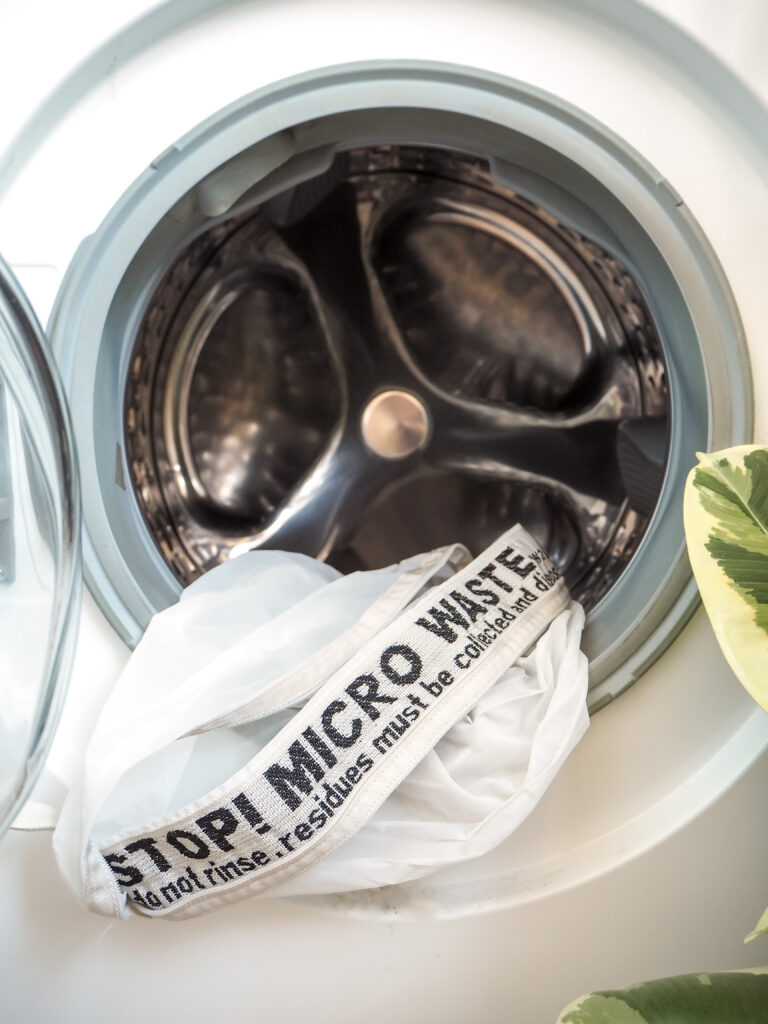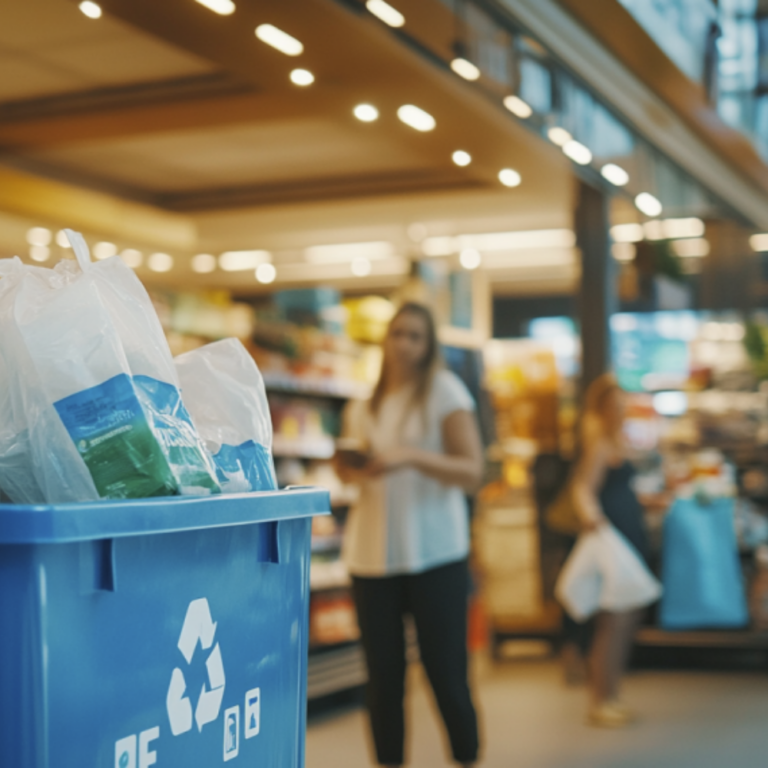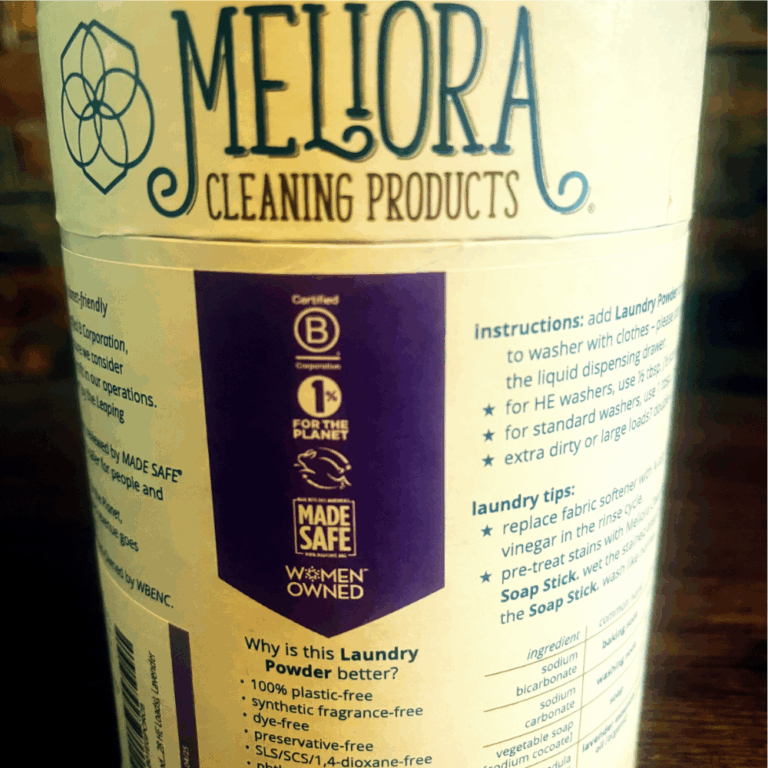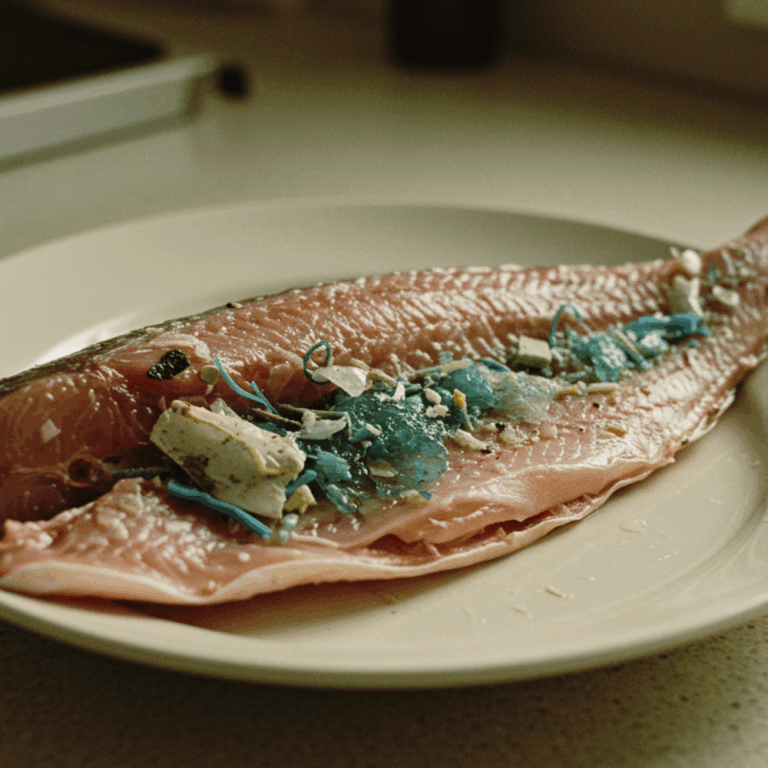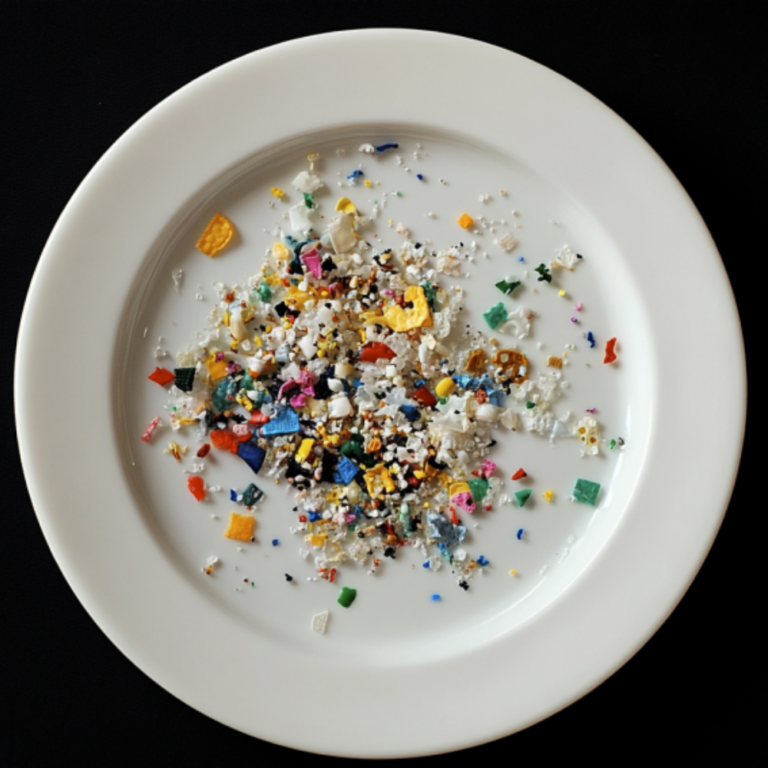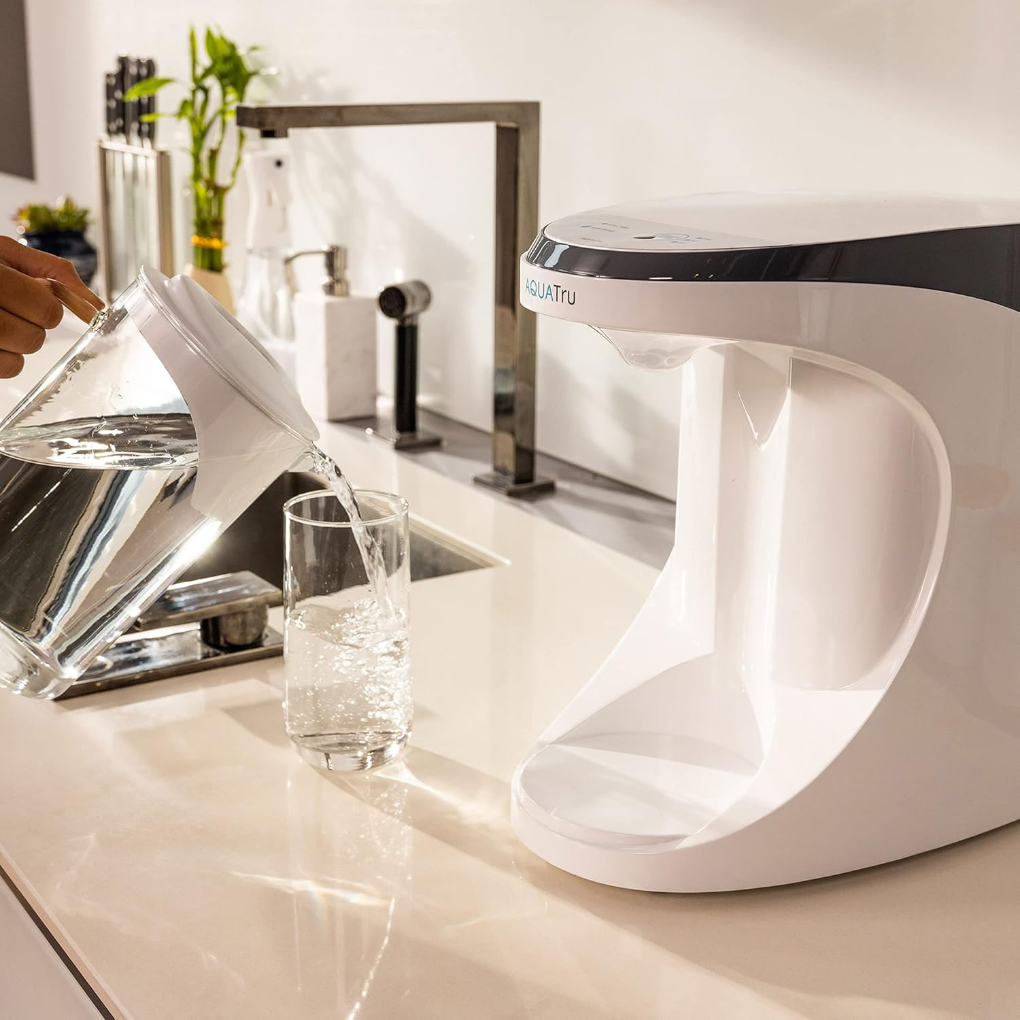
Key Takeaways
- Reverse osmosis isn’t just for better-tasting water—it’s one of the most effective ways to strip out microplastics from your tap.
- Think of it as a microscopic sieve: RO membranes can block more than 99% of plastic particles that sneak past other filters.
- Certified RO systems give peace of mind by combining fine filtration with proven third-party testing.
Does reverse osmosis remove microplastics? Yes— when properly maintained, RO filters can remove over 99% of microplastic particles from drinking water. That means the water you pour into your kitchen sink can be far cleaner than what goes in. However, not all RO units perform the same; results depend on the model, water pressure, and upkeep, so choosing an NSF/ANSI 58 certified system and replacing filters on schedule is key.
In this guide, you’ll see how RO membranes trap microplastics, what they can’t fully catch (like the tiniest nanoplastics), and how RO compares with pitchers, carbon filters, and ultrafiltration. You’ll also learn which certifications to look for, how setup and maintenance affect performance, and simple steps to keep your system delivering consistently clean, great-tasting water.
What Are Microplastics?
Microplastics are tiny plastic fragments—smaller than 5 millimeters—that have become one of the most widespread pollutants in our food, water, and air. Scientists group them into two types:
- Primary microplastics → manufactured at a small size, like microbeads once used in face scrubs or fibers shed from synthetic clothing.
- Secondary microplastics → broken-down pieces of larger plastics, such as bottles, bags, or tires that degrade into fragments over time.
Why does this matter? Because these particles don’t just litter the environment—they’ve been found in drinking water, seafood, and even human blood. That’s why choosing a filter system that can actually capture them is so important.
Can Reverse Osmosis Remove Microplastics?
Yes. Reverse osmosis (RO) systems are among the most effective ways to filter microplastics from drinking water—blocking more than 99% of particles larger than 1 micron.
Think of an RO membrane like an ultra-fine sieve. Its pores measure about 0.0001 microns, small enough to stop bacteria, most viruses, and virtually all microplastics from passing through. In practice, that means the water coming out of your tap is dramatically cleaner than what went in.
One caveat: nanoplastics, which are far smaller than 1 micron, may still slip through. Early research suggests RO reduces their presence, but not altogether. For complete peace of mind, some systems pair RO with activated carbon or ultrafiltration for extra protection.
Health Concerns and Prevalence of Microplastics in Water
Microplastics Detected in Human Tissues
Here’s where it gets unsettling: microplastics have been found in blood, lung tissue, placental tissue, and even breast milk. A groundbreaking study led by microplastics scientist Heather Leslie found microplastics in the blood of 17 out of 22 healthy adults, providing clear evidence that these particles can enter our bloodstream.
The Risks of Nanoplastics Crossing Barriers
Even more concerning, when microplastics break down into nanoplastics, they may be able to cross biological barriers, such as the intestinal lining, placenta, and blood–brain barrier, potentially entering and accumulating in sensitive tissues.
Potential Health Impacts Under Study
The health implications are still being studied, but early research suggests several potential concerns. Microplastics may trigger inflammatory responses in the body. Because they can carry harmful chemicals on their surfaces, such as pesticides, heavy metals, and other toxins, they may act as tiny delivery vehicles for these substances. Some studies suggest possible links to hormonal disruption, though more research is needed to understand the long-term effects.
Widespread Contamination in Drinking Water
What we do know for sure is just how widespread this contamination has become. Studies have found microplastics in 93% of bottled water samples and 92% of tap water samples worldwide. That’s not a typo; we’re talking about nearly universal contamination of our drinking water sources.
A Growing Global Concern
The concentration varies by location and source, but the fact remains: microplastics have become an unavoidable part of our modern water supply. This isn’t about fear-mongering; it’s about acknowledging a reality that affects us all and taking practical steps to minimize our exposure to it.
Organizations like the World Health Organization continue to study the health implications. Still, even they acknowledge that while the current health risk from microplastics in drinking water appears to be low based on available evidence, the lack of reliable data and the constant exposure raise legitimate concerns about long-term effects.
Don’t Miss: Microplastics: Health Risks, Sources, and How to Reduce Exposure See the bigger picture—where microplastics come from, what they do in the body, and practical steps to lower everyday exposure. Read more →How Reverse Osmosis Works
Think of reverse osmosis as nature’s most selective bouncer; it only lets the tiniest, most desirable molecules through while blocking everything else. The technology works by forcing water through an incredibly fine membrane under pressure, creating some of the purest water possible.
what it means
Water’s Tiny Gatekeeper
RO membranes are like microscopic filters with openings just 0.0001 microns wide—that’s about 500,000 times smaller than the width of a human hair. For comparison:
🦠 Bacteria are about 0.2–2 microns (too big to get through)
🧫 Viruses range from 0.02–0.3 microns (most can’t pass either)
💧 Water molecules are only 0.00028 microns (just the right size to slip through)
This extreme precision is what makes reverse osmosis so effective at removing contaminants, including microplastics, salts, heavy metals, and other impurities, leaving behind water that’s almost pure H₂O.
A Quality Reverse Osmosis System Typically Works in 4 Stages
This multi-stage approach ensures that water emerges not only free from microplastics but also from a wide range of other contaminants that may be lurking in your water supply.
- Pre-filtration removes larger particles, sediment, and chlorine that could damage the delicate RO membrane. This usually involves a sediment filter and a carbon filter.
- The RO membrane is where the actual work takes place. Water molecules pass through while contaminants, including microplastics, dissolved salts, heavy metals, bacteria, and viruses, are rejected and flushed away.
- Post-filtration often includes a final carbon filter to polish the taste and remove any residual odors.
- Optional remineralization adds back beneficial minerals that were removed during the RO process, since pure RO water can taste a bit flat.
recommendations
Best Reverse Osmosis Systems
Your fridge filter might not be doing as much as you think! This guide breaks down the best reverse osmosis systems that remove contaminants like PFAS and microplastics, plus they pay for themselves in under a year compared to the costs of bottled water.
Comparison with Other Filtration Methods
While RO leads the pack in microplastic removal, understanding how different filtration technologies compare can help you make the best choice for your specific situation. Here’s how the most common home filtration options compare:
| Filtration Method | Microplastic Removal | Pore Size | Best For | Limitations |
|---|---|---|---|---|
| Reverse Osmosis | Excellent (99%+) | ~0.0001 microns | Comprehensive contaminant removal, including microplastics | Higher cost; produces wastewater; also removes beneficial minerals |
| Pitcher Filters (Brita, Pur) | Poor (0–20%) | 10–50 microns | Basic taste/odor improvement; convenience | Ineffective against microplastics; limited protection |
| Refrigerator Filters | Poor (10–30%) | 10–50 microns | Built-in convenience; taste improvement | Poor microplastic removal; limited filtration capacity |
| Faucet-Mounted Carbon Filters | Fair (20–40%) | 5–50 microns | Easy installation; improves taste | Minimal microplastic protection; slower flow rates |
Pitcher and Refrigerator Filters
Pitcher and Refrigerator Filters are the most popular starting point for many households, but they’re designed primarily for chlorine removal and taste improvement. Their activated carbon filters have pore sizes that are simply too large to effectively catch microplastics. Think of trying to catch rice grains with a basketball hoop—it’s just not going to work.
Faucet-Mounted and Under-Sink Carbon Filters
Faucet-Mounted and Under-Sink Carbon Filters offer slightly better performance due to more advanced carbon filtration, but they’re still not designed with microplastics in mind. They might catch some of the larger plastic particles, but the majority will pass right through.
Reverse Osmosis Systems
Reverse Osmosis Systems stand alone in their ability to remove microplastics from drinking water effectively. The membrane’s pores physically block these particles, making RO the only widely available home filtration technology that consistently delivers 99%+ removal of microplastics.
Cost-Benefit Reality Check
While the upfront cost of an RO system might seem steep compared to a $30 pitcher filter, consider what you’re actually getting. If you’re currently buying bottled water (which studies show often contains microplastics anyway), an RO system usually pays for itself within one to two years while providing far better protection.
Of course, no system is flawless. RO excels at removing the vast majority of microplastics, but ultrafine particles smaller than 0.1 microns — often referred to as nanoplastics — may occasionally slip through. These represent only a tiny fraction of overall plastic pollution. A more significant factor to consider is mainte
nance: filters need to be changed and membranes replaced periodically to maintain peak performance.
RO remains the most reliable consumer option available today for reducing microplastics in drinking water. With the cost savings compared to bottled water and the added peace of mind, it’s a practical long-term investment for households serious about protecting their health.
Don’t Miss: Best Reverse Osmosis Systems for Clean, Microplastic-Free Water Thinking about getting an RO filter? Check out our top picks for certified systems that are easy to maintain and built to last. Read more →Do RO Systems Remove Other Emerging Contaminants Besides Microplastics?
Absolutely! RO systems are excellent at removing a wide range of emerging contaminants that concern health experts, including:
- Heavy metals: Lead, arsenic, mercury, chromium
- Chemical contaminants: PFAS (forever chemicals), pharmaceuticals, pesticides
- Disinfection byproducts: Chlorine compounds, trihalomethanes
- Minerals: Iron, manganese (which can affect taste and appearance)
- Biological contaminants: Bacteria, viruses, parasites
This comprehensive removal is why RO is often considered the gold standard for home water treatment.
More Reasons to Choose Reverse Osmosis
Microplastic removal might be the reason you started looking into reverse osmosis, but the advantages go well beyond that. RO systems are powerful filtration tools that can dramatically improve your water quality across the board.
🛡️ Thorough Contaminant Removal
RO systems don’t stop at microplastics. They also reduce dissolved salts, heavy metals like lead and mercury, nitrates, fluoride, bacteria, viruses, and a wide range of chemical pollutants. For households in areas with aging pipes, agricultural runoff, or questionable municipal treatment, this extra protection can make a real difference in peace of mind.
To ensure you get those results, it’s best to choose a system certified under NSF/ANSI Standard 58, which verifies independent testing for contaminant removal.
👅 Better Taste and Odor
Say goodbye to chlorine aftertaste and funky smells. RO filters strip out total dissolved solids and other compounds that affect flavor, leaving you with crisp, neutral-tasting water that’s perfect for drinking and cooking. Many people even notice that coffee and tea taste cleaner and more balanced when brewed with RO water.
If you prefer a little mineral character, some RO systems come with remineralization cartridges that add back calcium and magnesium for both taste and health benefits.
♻️ Less Plastic Waste
If you’re used to bottled water, an RO system can save you from tossing hundreds—or even thousands—of bottles each year. While the system does produce some wastewater, the overall footprint is far lower than relying on single-use bottles. Pairing an RO system with a durable stainless steel or glass water bottle makes it even easier to cut plastic from your daily routine.
💵 Long-Term Cost Savings
The upfront cost of an RO system pays off over time. The per-gallon price of RO water is a fraction of bottled water, so frequent water drinkers see the savings add up quickly. For a family of four, switching from bottled water to RO can save hundreds of dollars annually—often enough to cover the cost of the system in the first year or two.
🚰 Convenient Access to Clean Water
No more hauling bottled water or running out midweek. With RO, clean, filtered water flows straight from your tap whenever you need it. That means safe water for drinking, cooking, and even filling pet bowls without a second thought. Many systems even allow you to connect the unit to your refrigerator line, so you get chilled water and ice cubes that are free of contaminants.
🛠️ Simple Maintenance
RO upkeep is easier than most people expect. Each system uses a set of replaceable filters and a membrane, and swapping them out is usually straightforward. Many modern units are designed with quick-change cartridges so that you can do it yourself without special tools. As long as you follow the schedule recommended by the manufacturer, your system will keep running at peak performance and delivering the 99%+ contaminant removal you’re counting on.
Other Ways to Cut Microplastic Exposure
RO is powerful, but filters aren’t the only tool. You can lower your exposure even more by:
- Choosing reusables → swap single-use plastics for glass or stainless steel.
- Ditching plastic for food storage → heat and store meals in glass or ceramic.
- Washing smart → use a microfiber-catching bag or filter if you wear synthetic fabrics.
- Supporting plastic-free brands → every purchase signals demand for safer alternatives.
FAQs: Does Reverse Osmosis Remove Microplastics
Not by itself. A 2024 Environmental Science & Technology Letters study (Yu et al.) found that in hard water, boiling ~5 minutes and then filtering removed up to ~90% of micro- and nanoplastics; in soft water, about ~25%. The effect comes from limescale (calcium carbonate) crystals formed during boiling that trap particles, which are then filtered out. RO/UF are still better for routine removal.
Usually not. Ingestion risk is mainly from drinking and cooking water, so an under-sink (point-of-use) RO covers the highest-impact use without the cost and water demand of whole-house RO.
Most standard carbon pitcher filters are not rated to remove microplastics. Some specialty cartridges help with larger particles, but for consistent removal, look for RO or ultrafiltration and third-party certifications.
Not yet. Global health agencies are actively studying microplastics, but there is no universally adopted numeric limit today. Using proven filtration and minimizing plastic exposure remain prudent steps.
Two places: the sediment prefilter and the carbon block. Choose an “absolute” 1–5 µm sediment filter (not just “nominal”) to catch larger particles and protect the membrane, and a tight carbon block (often sub-micron nominal) to grab fines and oxidants. The RO membrane itself is ~0.0001 µm equivalent, which is why it handles microplastics so well.
Most plants weren’t designed to capture tiny plastic particles. They use screens and settling tanks to capture larger particles, followed by a biological step that clumps them together, allowing them to sink. That means they still remove a lot—often most of the microplastics (around 80–99%).
But even the smallest bits and fibers can slip through into the cleaned water. Some plants incorporate additional steps, such as excellent sand filters or special membranes, to catch more, but not all do. UV or chlorine only kill germs; they don’t remove plastic. And much of what’s caught ends up in sludge that may be spread on fields, letting some plastics move back into soil and water.
Since a small amount can still reach your tap, using a point-of-use reverse osmosis (RO) filter for drinking and cooking is a smart move.
This Has Been About: Does Reverse Osmosis Remove Microplastics?
While the long-term health effects of microplastic consumption are still being studied, the widespread contamination of our water supply is an undeniable reality. With microplastics found in over 90% of both tap and bottled water samples worldwide, taking proactive steps to reduce your exposure makes sense from both a health and peace-of-mind perspective.
If you’re concerned about microplastics in your drinking water, reverse osmosis provides a proven and practical solution. Beyond just removing plastic particles, RO systems offer comprehensive water treatment that addresses a wide range of contaminants, delivering great-tasting water directly from your tap.
📚References
- Kosuth, M., Wattenberg, E. V., & Mason, S. A. (2018). Anthropogenic contamination of tap water, beer, and sea salt. PLOS ONE, 13(4), e0194970. https://doi.org/10.1371/journal.pone.0194970
- Mason, S. A., Welch, V. G., & Neratko, J. (2018). Synthetic polymer contamination in bottled water. Frontiers in Chemistry, 6, 407. https://doi.org/10.3389/fchem.2018.00407
- Pinto-Rodrigues, A. (2023, March 24). Microplastics are in our bodies. Here’s why we don’t know the health risks. Science News. https://www.sciencenews.org/article/microplastics-human-bodies-health-risks
- Yu, Z., Wang, J.-J., Liu, L.-Y., Li, Z., & Zeng, E. Y. (2024). Drinking boiled tap water reduces human intake of nanoplastics and microplastics. Environmental Science & Technology Letters. Advance online publication. https://doi.org/10.1021/acs.estlett.4c00081
Feature image from Amazon.
